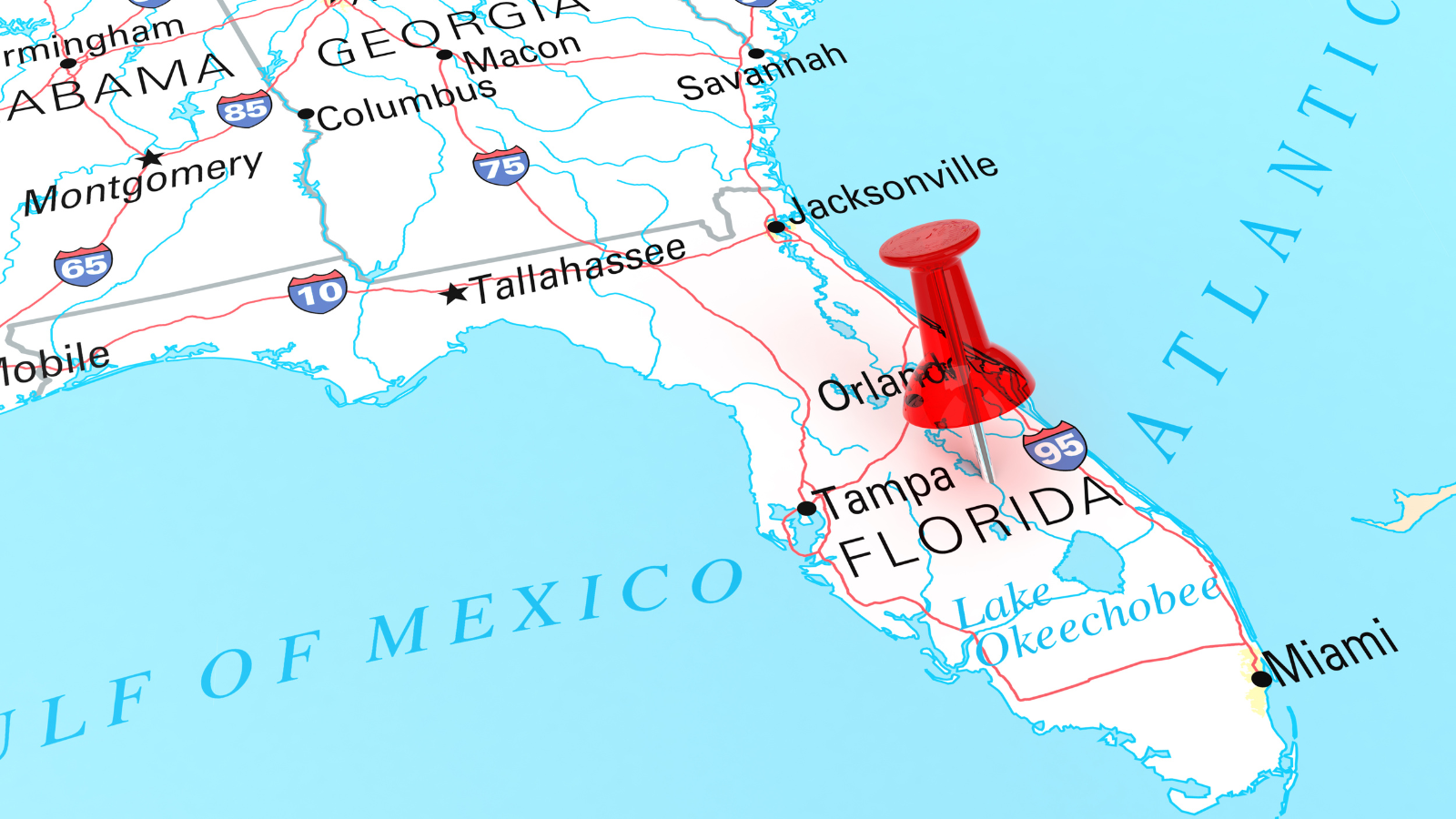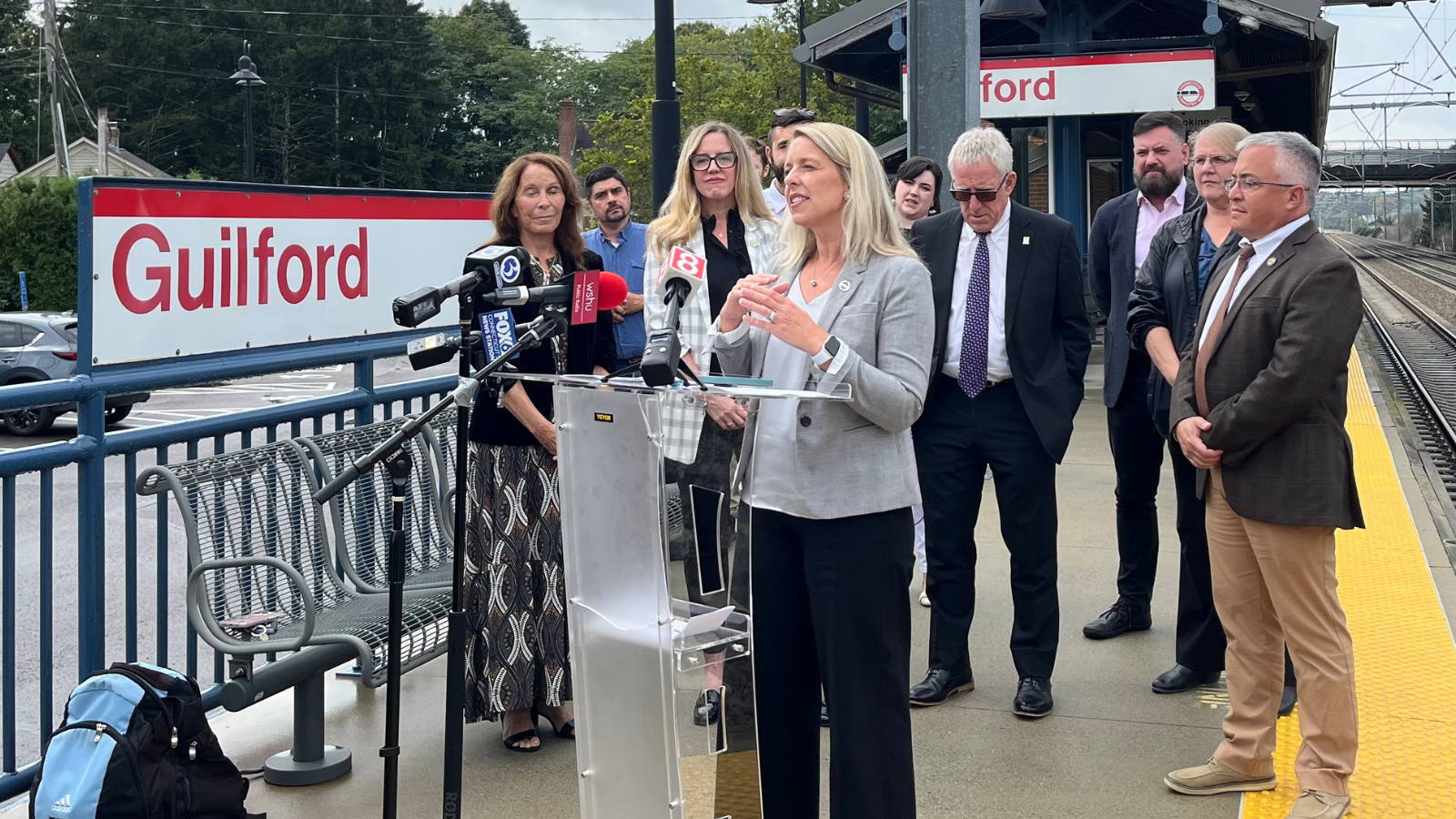Legislation Leads to Regulatory Proposal Reducing Natural Gas Costs
By Joe O’Leary
October 15 @ 5:00 am

The Public Utilities Regulatory Authority (PURA) issued a draft decision this month proposing to decrease the revenue of Connecticut Natural Gas and Southern Connecticut Gas after the utility companies submitted information for a proposed rate increase.
While the companies were seeking increases to their revenue requirements of $19.7 million and $43.24 million, PURA’s decision would instead decrease their revenue by $38.76 million and $36.6 million.
This decision, which was hailed by legislators and decried by the president and CEO of the utility companies, was strengthened by legislation passed in 2020 to hold state utilities more accountable and allow for increased regulatory power.
The state legislature passed the Take Back Our Grid Act of 2020 after Tropical Storm Isaias caused severe damage and extended power outages across Connecticut. The law gave PURA more power to evaluate company performance during rate amendment proposals. Meanwhile, Senate Bill 7 of 2023, An Act Strengthening Protections for Energy Consumers, required PURA to consider several factors when determining a reasonable rate of return.
In this case, the Office of Consumer Counsel and the attorney general called on PURA to conduct a full financial review of CNG due to well-documented over-earnings. Upon PURA’s notice, both Avangrid subsidiaries filed a rate increase application. PURA was able to review the rationale of the companies’ earnings thanks to the flexibility provided in the legislation.
In its decision, PURA concluded that SCG should return $85 million, which regulators deemed were overcharges to customers, including $67 million due to federal tax changes and surplus revenues from gas sales, while CNG was required to return $24 million in surplus collections including those from gas sales and hardship deferrals.
If finalized, these reductions will lower consumers’ bills by an average $12-13 per month across all customer classes.
The Take Back Our Grid Act also provided PURA the ability to evaluate a company’s performance during rate request proposals; in its draft decision in the CNG and SCG case, PURA cited several issues with SCG’s performance, including its dedication to customer service.
Take Back Our Grid and 2023’s Senate Bill 7 were both designed to enhance the regulatory ability of organizations like PURA, including disallowing costs related to investor relations, membership dues and sponsorships, lobbying expenses, and rate case preparation and participation costs incurred by utility companies.
In those two cases, over a million dollars related to these line items were not permitted to be recovered through CNG and SCG customer bills as a result of these legislative changes.
In a statement last week, leaders of the legislature’s Energy and Technology Committee, including state Sens. Norm Needleman and Doug McCrory, said the preliminary decision validated the pro-consumer policies enacted by their panel.
“While this decision is not final, we believe that any help for ratepayers of gas and electric companies as a result of rate cases justifies our legislative decisions to require those rate cases more frequently than they were held in the past,” the committee leadership said. “This decision, if it stands, will save consumers money. We are validated that this ruling, pending final action, is indicative of the work we’ve done – Take Back Our Grid in 2020 and Senate Bill 7 in 2023 – to make sure utilities are being held accountable through the legislative process.”









